This evening we will attend midnight New Year’s festivities at a local shrine as per the family tradition, following which The Princess and I will attempt to grab a few hours sleep before meeting her friends for aclimb up Mt. Misen on the island of Miyajima to watch the first sunrise of the new year.
Until then we have a few hours to kill, and thus decide to go on a walking tour of Hisako’s neighborhood. For the most part all the buildings are clean and orderly, but here and there we find some older buildings exhibiting a more dilapidated character.
First stop is Yagi Florist, a “hanaya,” or flowershop, serving Hiroshima since around the time the bomb dropped—roundabouts 70 years.
The shop itself looks like something out of a Miyazaki film—totally overgrown and magical, with strange Victorian-esque articles and modern fixtures peering out incongruously from an immensity of foliage.
I discovered this place around two years ago when, attempting to find a place from which to send flowers to The Princess during one of her visits home, a Google search for “hanaya Hiroshima” turned up Yagi. I ordered a bouquet of “murasaki no furizia,” or “purple fresia,” via telephone, since this was the first type of flower which I had ever given to The Princess.
At that point, my Japanese was essentially zero, but fortunately the guy who picked up the phone spoke a bit of English. I was informed that they only had “a little” purple freesia on hand, which I said was perfect, since I wanted to send a small bouquet.
They asked me to come in to the shop to pay, which I politely explained was impossible. After hashing out a few details, we settled on me paying via their website (which I had to accomplish via Google translate and blind luck), after which I emailed Hisako’s family address, since I couldn’t read the kanji to save my life.
However, not only was the bouquet which was delivered HUGE, and featuring a gigantic heart formed out of miniature Hershey’s chocolate bars, it was also presented by an old man who, I was informed, “looked like a goat.”
As it turns out, “yagi” actually means “goat” in Japanese, and the gentleman who delivered the bouquet was none other than the shop owner, “Yagi-San” himself, after whose visage the shop had been named. This particular incident has gone down in romantic history as one from which I will never fully recover.
In any event, it was on our To-Do-List for a long time running to visit Yagi Florist, and we were both excited to have this opportunity to finally see in person a place which has reached legendary status in our own personal lore.
The interior, much like the exterior, is breathtakingly overgrown, with a lovely, fantasy feeling—again, very much like a real life set designed by Studio Ghibli.
Remarkably, the location of Yagi Florist is a mere few blocks from the Yamada Family residence. When I ask The Princess how she had never known about this place, she replies that she had passed by it many times, but it always looked so strange and overgrown, that it had never even occurred to her that it might actually be a commercial establishment. When considering how neat and orderly Japanese shops tend to be, especially in this area near the major shopping mall, it’s easy to see her point.
Somewhat sheepishly, we inquire if they happen to recall a point a couple years ago when some crazy dude called from the States to order purple freesia.
Not only does the florist on staff remember the call, but actually is the very gentleman with whom I had spoken two years prior. He is delighted to meet us in person, and happy to see us together.
And as it turns out, some of the figures tucked in amongst the overgrowth are his own sculptures.
We even manage to catch a brief glimpse of Yagi-San himself, and boy does he look goatish! Yet unfortunately, he was not present long enough for us to fenegle a photo out of him. Maybe next time!
Exiting Yagi Flourist, we take a brief stroll through the rest of the shopping district in which The Princess had wiled away so much of her youth.
She even points out the entrance to the infamous redlight district which she had to pass through to get to and from her high school as a girl. However, this being the biggest holiday time of the year, the streets of the red light will be uncommonly quiet for the next several evenings.
Even so, it is Hisako’s guess that they will be back in action by the fourth, that being the day when everyone—and I do mean everyone—returns to work.
Apparently, even the Pachinko places are quiet during this time of the year. For those of you who don’t know, Pachinko are establishments that take your money, and then use it to build elaborate lighting displays. You can find rows of donation machines inside.
Grabbing some tea and pastries, we wind our way back to Yagi to purchase a New Year’s bouquet for Naoko-San. Within a few short moments, we are in possession of flowers, and on our way home, where delicious New Year’s fare, and a night of celebration await.
However, our own special New Year’s plans will carry us not only through the first night of the New Year—but on to the first rays of its dawn…

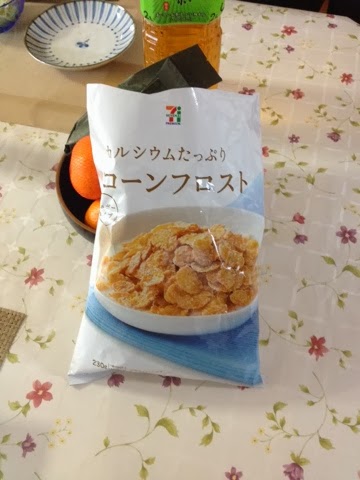
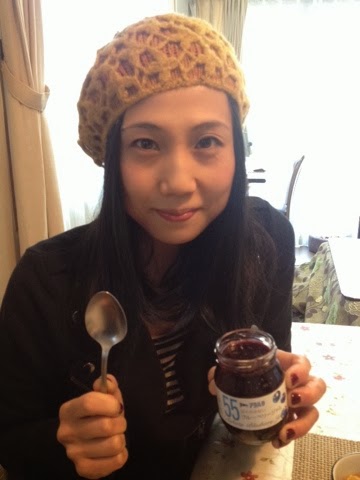
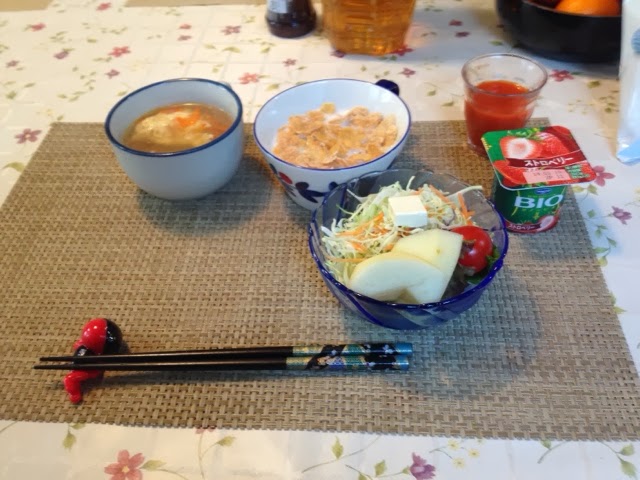
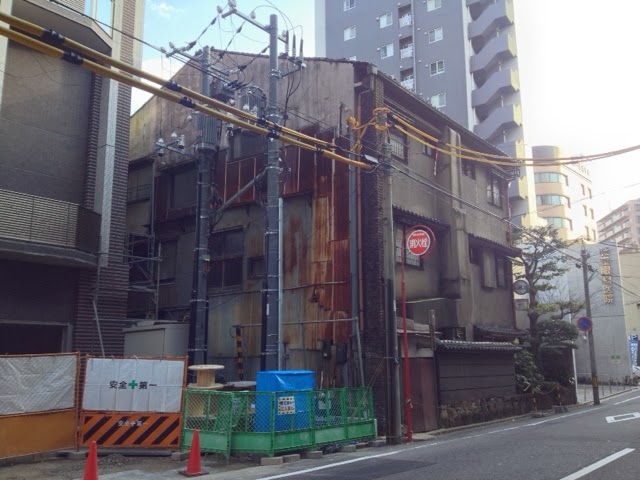
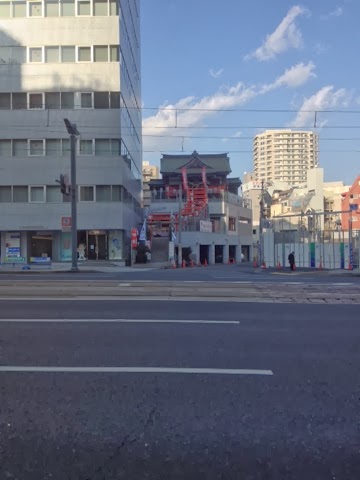
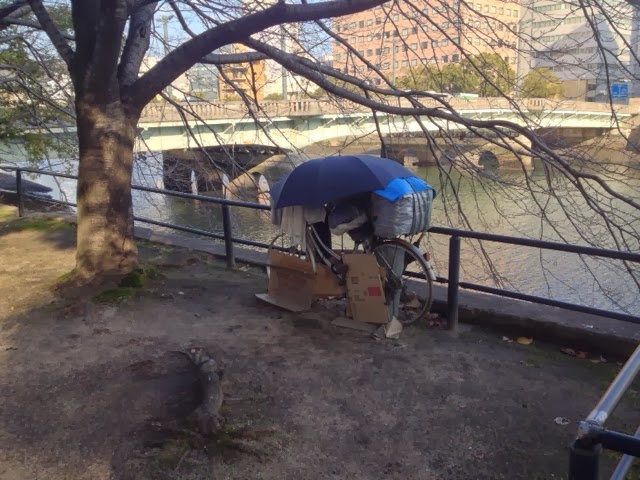
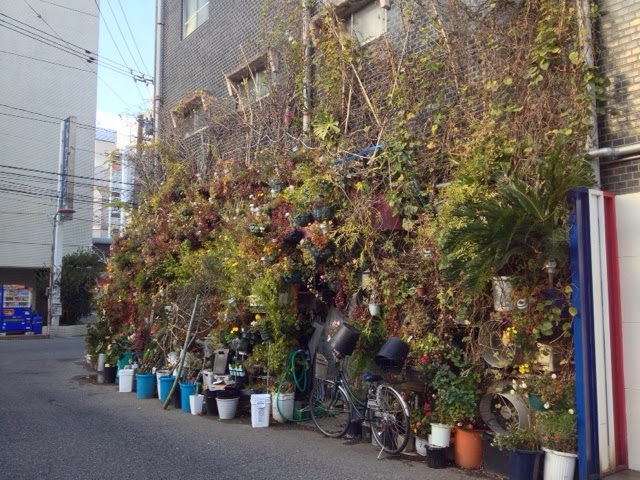
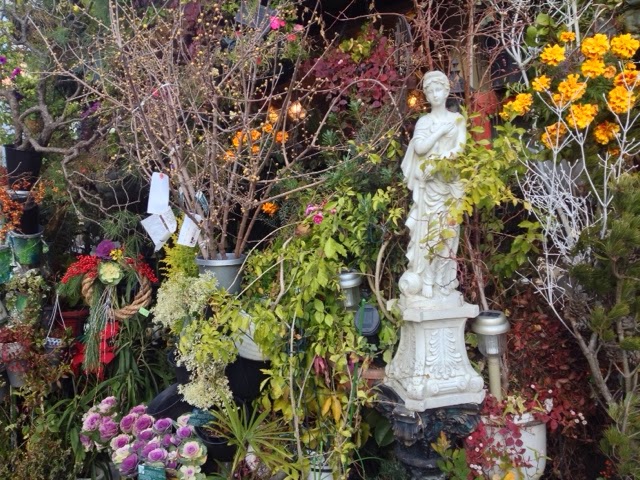
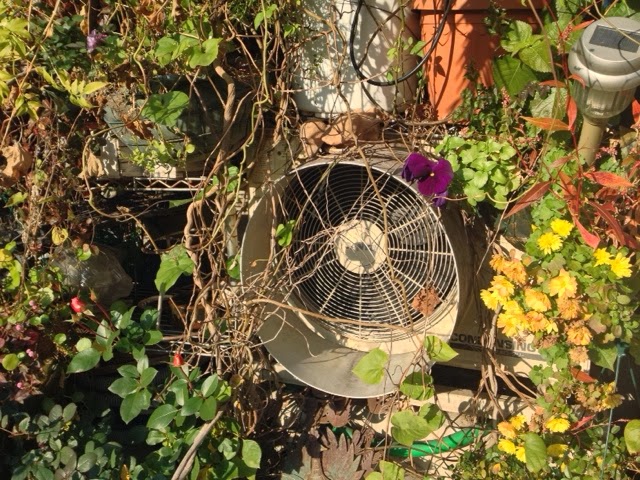
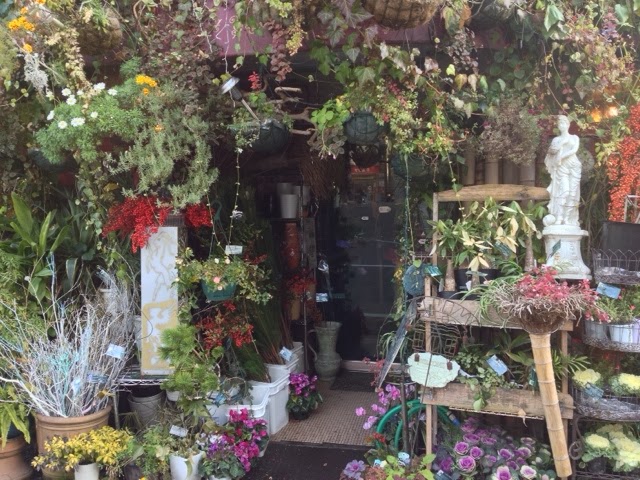
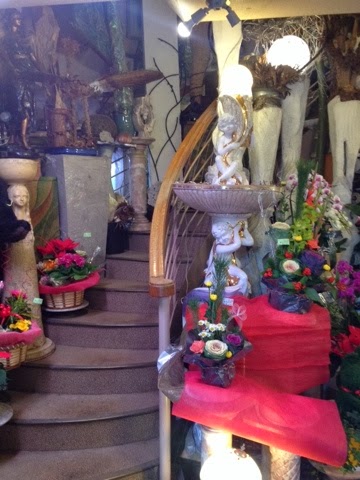
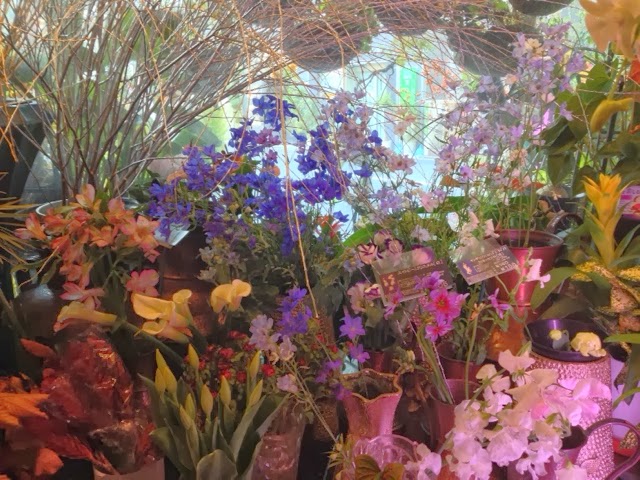
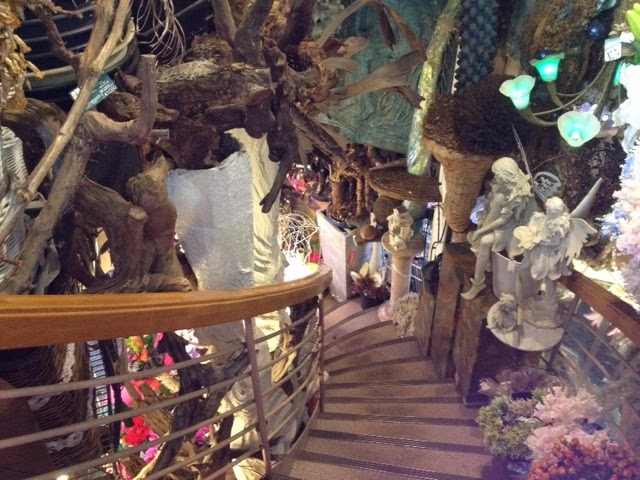
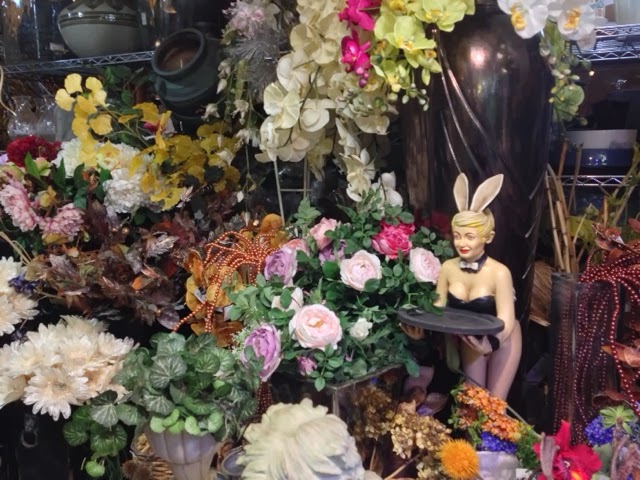
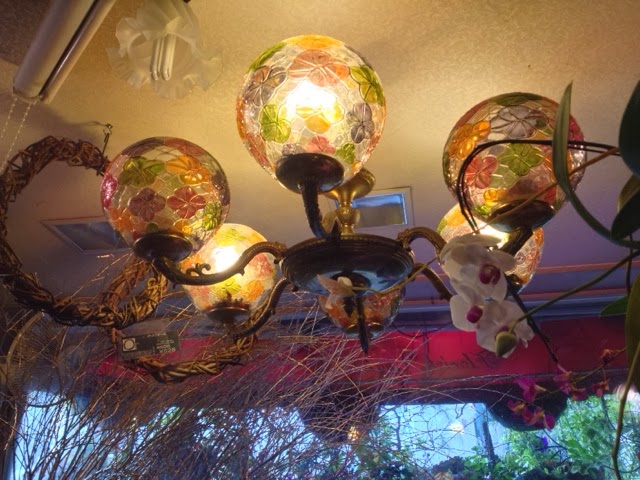

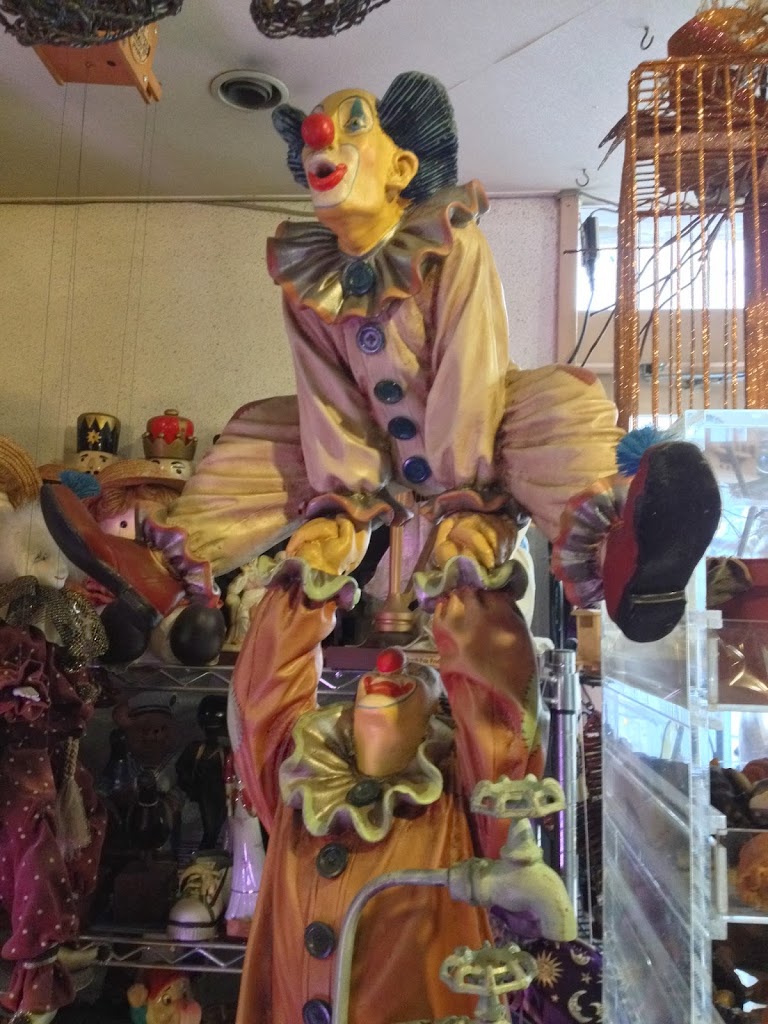
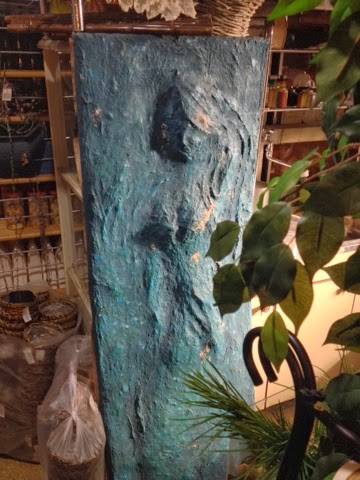
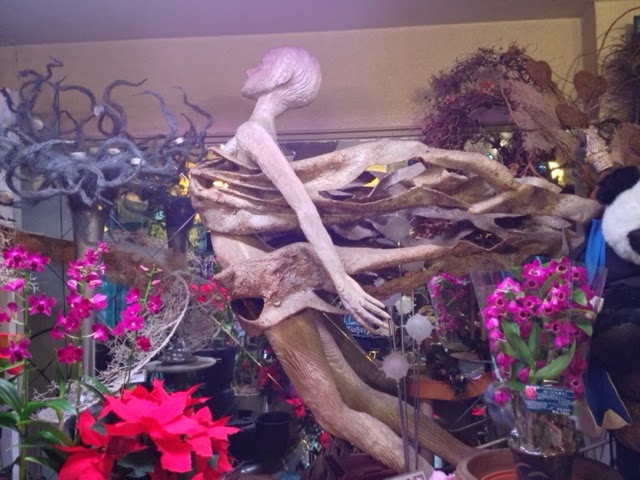
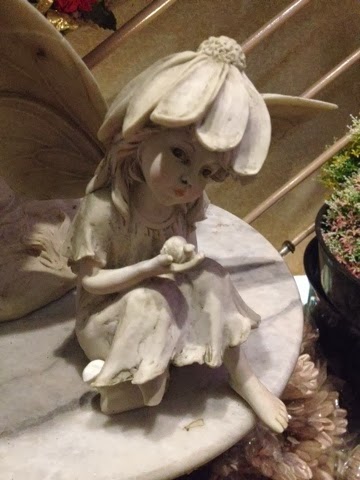
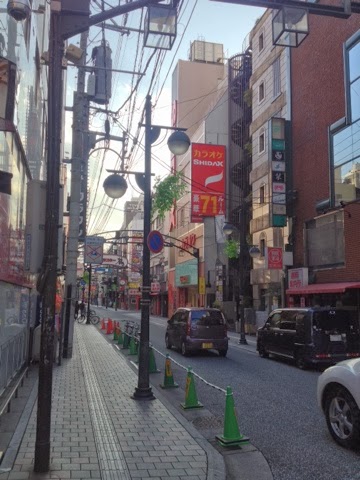
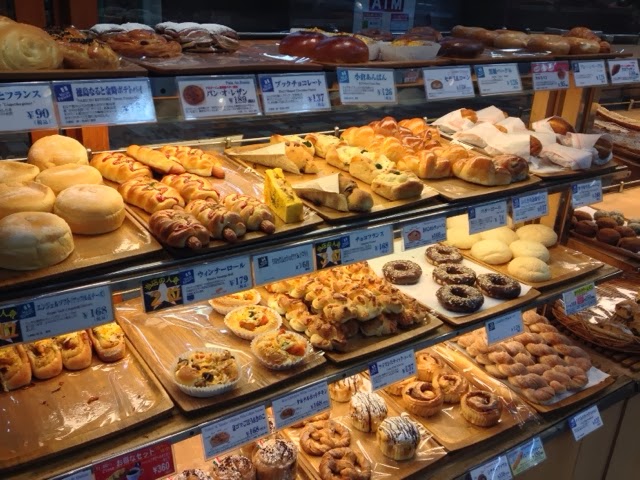
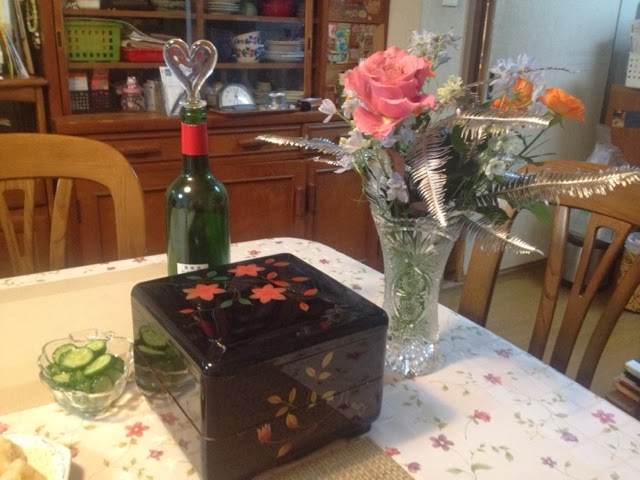
0 comments on “Yagi” Add yours →